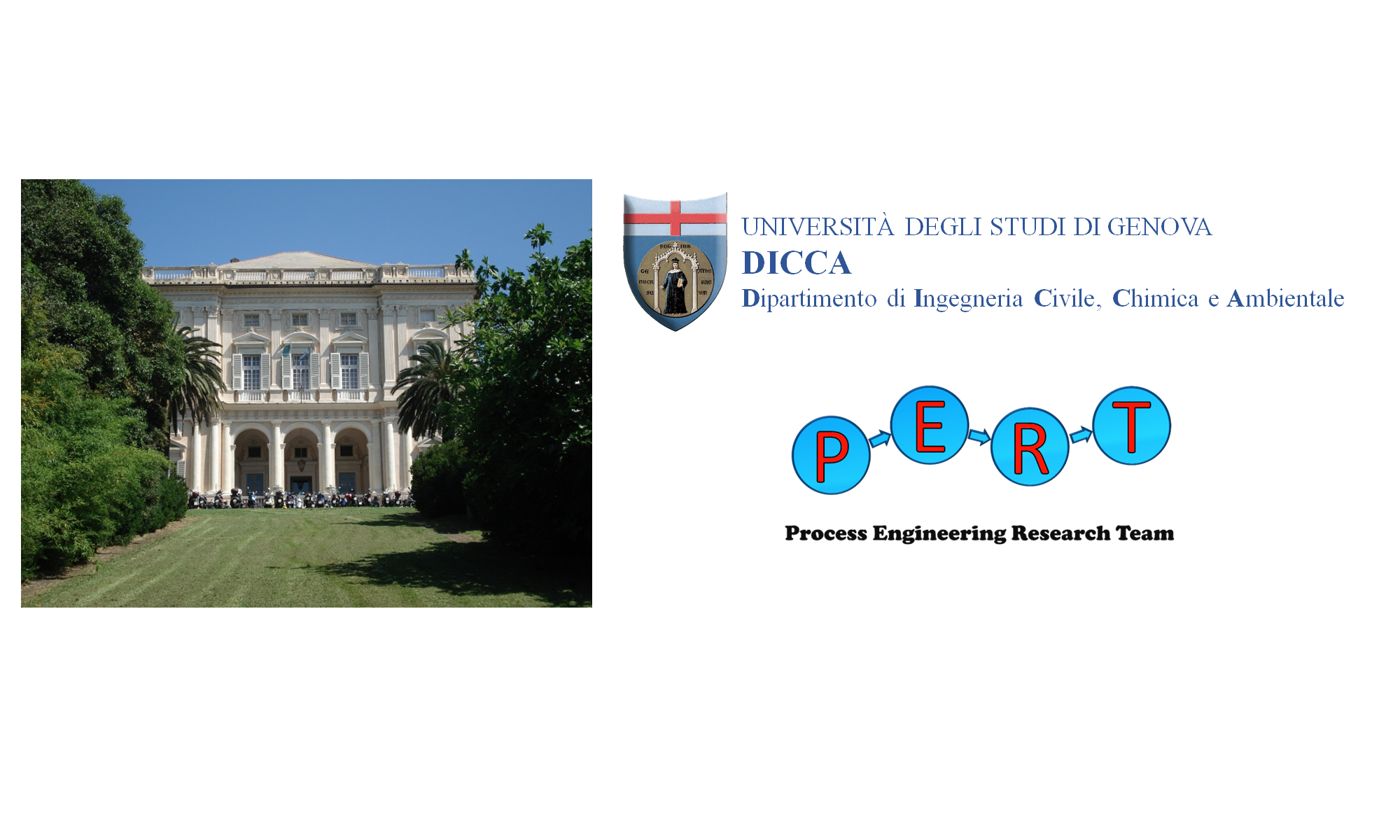Gasification is a process that allows the valorisation of biomasses, including agricultural waste, for energy purposes. The biomass is placed in contact with a quantity of oxygen lower than that necessary for stoichiometric combustion, at high temperatures (800-1000 ° C). The main product is syngas, a gaseous mixture rich in hydrogen and carbon monoxide, which can be used to produce energy through engines, turbines and fuel cells, or for the synthesis of chemical compounds. Gasification is one of the most promising ways to convert biomass into energy. PERT deals with the optimization of this process, using experimental and simulation tools.
The characterization of biomass is carried out in collaboration with the Free University of Bozen-Bolzano and with the Polytechnic University of Valencia and mainly concerns agricultural waste, such as apple tree pruning or rice straw.
Gasification is carried out in a pilot plant created in collaboration with Prof. Giorgio Rovero of the Polytechnic University of Turin. The most innovative feature is the use of a jet reactor (or spouted bed reactor) as a gasifier. The jet reactor structure ensures a more homogeneous mixing compared to the common fluidized reactors, and reduces the need to pre-treat the biomass to give it homogeneous dimensions.
The experimental activity also concerns the valorization of the solid by-product of the process, the char. At the laboratories of the Free University of Bozen-Bolzano the properties of the char are analyzed, and its use as an adsorbent or catalyst support is studied.
From the modeling point of view, PERT studied the simulation of the whole process through specific commercial programs (Aspen), open source (CoCo), or autonomously developed (LIBPF). The simulation also concerns the fluid dynamics, with an analysis of the behavior of the particles inside the reactor. This is done with Ansys Fluent’s commercial computational fluid dynamics (CFD) program.
Jet reactors(spouted bed reactor):
The jet reactors (or spouted bed reactors) are a particular type of fluidized beds, used for solid particles of coarse size. They consist of a main body (parallelepiped or cylinder) that ends at the bottom in a pyramid or a cone. The gas is fed from the top of the base, and this establishes the fluid dynamic regime, characterized by the so-called “fountain” of particles. These reactors ensure good internal mixing, and can be fed with particles that are not suitable for other systems, as they are excessively coarse or uneven. As part of the research, they have been applied to a broad spectrum of processes, such as food drying, polymerization, electrochemical reactions and thermochemical processes, such as gasification and pyrolysis of biomass or waste plastics. The PERT, in collaboration with Prof. Giorgio Rovero of the Polytechnic of Turin, has studied these reactors for many years, both experimentally and through simulations.
The experimental activity concerns firstly the study of internal mixing, through special laboratory reactors characterized by a glass wall that allows the observation of internal behavior. Several different solids have been studied, including biomasses, in order to evaluate the conditions in which the best internal mixing is obtained and therefore the adequacy of the materials for the subsequent energy optimization. These analyzes are reproduced using models developed with Ansys Fluent commercial computational fluid dynamics (CFD) software, which provides a very detailed description of the internal behavior of the particles.
The activity also involved the construction of a gasification pilot plant, characterized by a jet reactor (or spouted bed reactor) as a gasifier. This plant has turned out to be suitable for the conversion of different types of biomass to energy, including agricultural waste.

